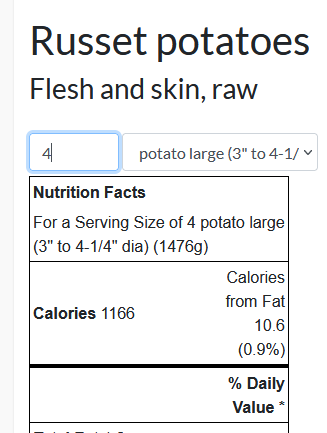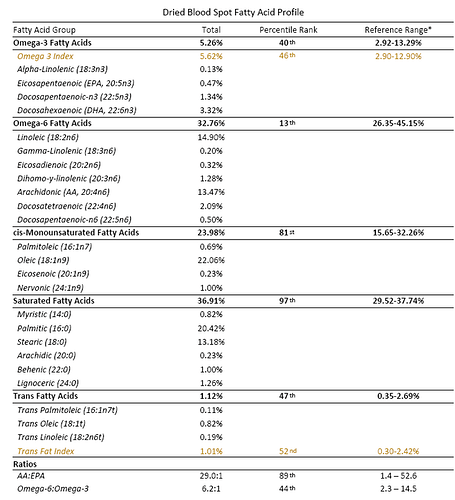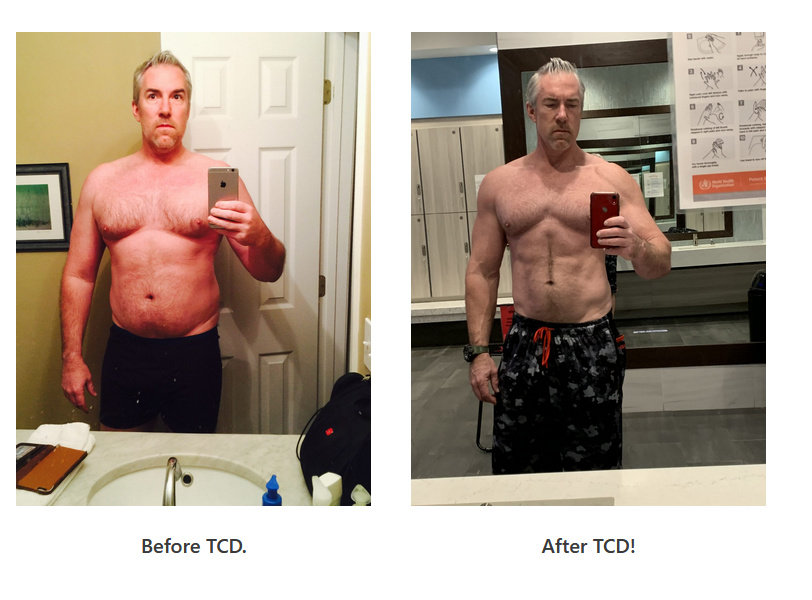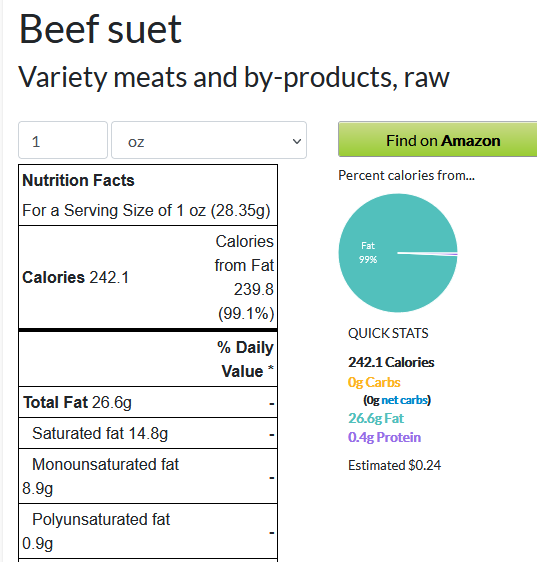An easy way to tell if we don’t have sufficient PUFA’s in our neurons is by how we write our numbers. Writing the number 2 with the loop for instance is an indication that there’s more saturated/monounsaturated fat in the neurons relative to polyunsaturated fat. PUFA’s make the neurons fire much faster. Fish need Omega 3’s themselves to out manuvare their predators. So someone with a lot of PUFA’s in their brain will write the number 2 without the loop because it’s quicker and more efficient.
Science on Cocoa Butter
I studied graphoanalysis for years. I have never even heard of the theory that the form of your writing is based on the fats in your neurons.
I’m currently learning sanskrit. It’s a rather large effort for me to make the characters properly, but I am relatively sure I’m making them based on how I think they should look and repetitive practice.
Where did you get this theory, out of curiosity?
I have been trying to find someone to copy me those messages – I don’t have a Twitter account, refuse to get one, and most of the useful info is down in the thread I can’t see without logging in. I’d love it if you’d copy them in here.
Any theory that is novel is important. What we’ve known so far hasn’t answered important questions. Whatever the answer is, is likely to be novel, as a result. The brief bit of his thread I saw seemed interesting.
What’s the problem with Twitter?
I can get you the thread, but not while at work (Twitter is blocked).
If there is any basis for this (and I’m skeptical), I think that’s over simplified.
Writing is going to be a lot more about training, and eventually about muscle memory, rather than (current) efficiency in the brain. I’m thinking to of findings that over time, masters of Chess end up with less brain activity than those starting out (presumably because they have a sort of muscle/mental memory that makes decisions easier/more efficient), among other muscle memory activities, I’d expect that to translate to writing pretty well. The only room for fat composition to matter all that much would be either when initially learning or developing the muscle memory, or perhaps on some extremes where whatever level is significantly impairing brain function (or enhancing, I guess, but more doubtful on that).
The loop thing is also something very easily chalked up to particularities of training. Not everyone is taught to write with a loop, after all.
I don’t have a loop. The issue is that you really need a fat biopsy to know what’s in your fat cells. I’ve seen various estimates of how long PUFAs take to get out of your fat cells, such as a half life of 2 years.
There are other ways to gauge this. Dr. Cate Shanahan believes that if your HDL is less than 60, you have a high PUFA content. Not sure I believe that (my HDL is around 55, although this varies wildly).
Here’s my Omega Quant test, which tests blood, not fat. Note the low O3 but the “stellar” (or at least “high”) saturated fat:
That also implies that I have low O6, though my O6/O3 ratio is not great (according to their guidance), because my O3 is “low”.
Not sure what to make of AA:EPA. According to Peter, AA is good and should convert to EPA on demand. High AA due to beef?
N=1 of healthy male.
I ate mainly fatty cuts of chicken, beans and pizza, and had horrible penmanship without the ability to write cursive. I also had 5 Mercury fillings and the associated mental decline from the chronic Mercury poisoning. I then stopped eating animals as an experiment and noticed some cognitive improvement from eating vegetables and beans. I then experimented with eating different chopped up raw oily seeds and nuts. I took notice how my cognition and handwriting improved after eating these oily seeds and how I gained the ability to start writing cursive.
I noticed that more Omega 3’s than Omega 6’s made my English cursive handwriting really fast but sloppy and illegible as if I should be writing Chinese. While more 6’s than 3’s made my English cursive handwriting impeccable and legible. However I became more sensitive to air pollution as the inflammatory trip wire in the cells kept converting the high amounts of arachidonic acid and adrenic acid into pro inflammatory eicosanoids to alert me of the toxic environment. We humans are sure great at poisoning ourselves and nobody is pointing out that air pollution is a major culprit in our health problems.
None of the fat sources were from oils or isolated fats like we see in these studies. Vitamins, minerals and protein are essential for the elongation and storage of fatty acids into non adipose tissues.
Yup. I had severe mental impairment and I don’t write with a loop anymore because it’s too inefficient when my brain is firing like a formula 1 engine.
I’m still mystified that anyone would believe that eating croissants with butter would make them thin. Four years ago on these forums, people would regularly point out that it was the fat that we ate along with carbohydrate that was a problem, not the fat we ate with just meat.
It reminds me of something I read long ago, probably about the Atkins diet, which said that years prior we all understood that carbohydrate would make us fat, so why did we suddenly believe that pasta was health food?
Alright. Checking whether a 2 has a loop in general though isn’t going to be a reliable way to diagnose fat proportions in someone not already diagnosed and heavily tracking things. Again, it could just be how they learned to write a 2 (after all, the 2 that is usually typed doesn’t have a loop, and is the more common way to make a 2). It’s not a strict and exclusive correlation.
What about the French? Who not only eat croissants but also bread? Supposedly daily. And they have a very high saturated fat intake (but low heart disease, even while smoking a lot). And they’re thin, supposedly.
But the theory is that saturated fat causes your fat cells to be insulin resistant, and there are mountains of data at Peter D’s website indicating this. If that’s true, then it’s immaterial as to what else you eat, as long as your saturated fat is high.
As for starch/bread, I’m not entirely convinced these are “bad”. I even eat potatoes sometimes. (If anyone’s mind is blown, sorry.)
Bread is too hard to analyze, though, because of gluten, vitamins added to it, etc.
But the “fat + carbs” are bad idea is basically just “it tastes too good so you overeat”. This is the Kevin Hall/Guyenet theory of obesity. “Processed” foods are bad for us.
If that’s true, then why are there some followers of Brad’s diet who do lose weight? A lot of it? Like this guy:
With a few offbeat exceptions over on Brad’s forum, I don’t think anybody does. In fact I think most people accept they might even gain weight. The idea is that shifting the ratio of one’s fats might lead to an improvement in leptin utilization (which is improvement in metabolic burn rate) and that in turn, in the future, could lead to better fat loss.
For people who feel like what they’re doing isn’t working anymore – and you really can’t do much more beyond hard keto, sometimes low calorie, often fasting, I mean at that point there is nowhere lower to go – doing “anything else” is a reasonable routing.
I expect anybody who loses weight on an eating plan that is neither ketogenic nor lowcal must just be benefitting from a transition from a crapfood/overfed diet previously.
Comment 28 has the science links. 
The loop takes longer to write and therefore slower neurotransmission.
Yeah, whatever. As an engineering student in the 70’s I had to take drafting and our letters and numbers were drawn by hand (twisting the pencil for even thickness) and better look like a template was used.
Can’t undo training like that no matter how much one style takes time over another. Not relevent
I didn’t make it past your first science link (which I skimmed). Nothing in there about handwriting. Do your other links talk about handwriting or is it your personal theory based on brain function?
What I hear over and over again, on Twitter and elsewhere, is that if we ate starch + saturated fat, we wouldn’t be fat. The example is always McDonalds and how they used to fry their french fries in beef tallow, before it became verboten.
In the Peter Dobromylskyj video/podcast at about 42:08 he says “So, you, if you ate french fried potatoes, we call them ‘chips’, fried in beef tallow, then you’d eat a certain amount of them, you’d go ‘Oh my God, I can’t eat anymore’, and you’d stop.”
This is what everyone seems to believe.
So, I tested this.
First, I made my own tallow from beef suet. Beef suet is listed as having over 50% saturated fat, very low PUFAs:
I made tallow using this recipe:
I used this recipe to make the fries, where you bake the potato first, cool it down in the fridge, cut it, then fry it:
I can’t remember exactly how many potatoes I used, but it was at least 3 or possibly 4 quite large potatoes, near 1 pound each, maybe smaller.
After frying them, my wife and I proceeded to eat ALL of them, and I could’ve easily eaten more.
I did not notice any satiety effect. And you have to realize we ate the potatoes WITH a complete meal (probably burgers, though I don’t remember).
Could there have been a satiety effect? Possibly. Maybe I ate fewer calories the next day. But that would require a level of calorie counting that I’m not doing.
Is it possible that I would eat even more fries if they were fried in soybean oil? Maybe, but I have not tested that.
But if you look at Eades’s hypothesis, he is basically saying that we ate carbs in the 1950s and beyond, and those didn’t make us fat. It’s the seed oils.
But whenever I try the “miracle” fat + starch, it does not seem to work for me (unless, as I’ve said before, I eat a TON of saturated fat).
In the video/podcast, Peter D says that it doesn’t take many PUFAs to start the process. But I assiduously try to avoid PUFAs, and have been trying for years. I still eat chicken and pork, though, and those are known to be high-PUFA, depending on what they are fed.
Thus, while I think saturated fats are beneficial (I actually felt better at times eating saturated fat), I’m not sure they are the miracle cure for obesity.
I should also note that potatoes are actually quite low calorie, only about 550 calories for 2 large (this shows 4, but my wife and I split the fries):

I also have no idea how much fat actually ended up in the fries. I should have weighed some of them beforehand, then weighed after frying. A missed opportunity.
Firstly, they don’t eat that much bread and starches. It’s mostly meat and green vegetables. Dessert portions are minuscule, compared with the American standard.
Secondly, their fat intake is almost all saturated and monounsaturated, with very little PUFA. They cook with butter, which is slightly more monounsaturated than saturated. A properly made croissant, with real mille-feuille pastry, is almost more butter than flour. Sauces, likewise, are made with butter and heavy cream, so again almost entirely monounsaturated and saturated fats. When Americans used to eat like this, we were a lot healthier, too. I blame the switch to margarine, vegetable shortening, and vegetable oils for a lot of what happened to us.
Peter explains a lot of this in that podcast that you posted.
The biggest obstacle to leptin utilisation, as I understand it, is that elevated insulin occupies the receptors in the ventromedial hypothalamus that are supposed to register the leptin signal from the adipose tissue. From the High Intensity Health podcast with Petro Dobromylskiyj that’s been posted in a couple of different threads, the picture is more complex than that, but this is the main reason people on a high-carb diet are hungry all the time. It makes sense, evolutionarily, if you think about wanting to feast on berries in order to fatten up for the winter.




